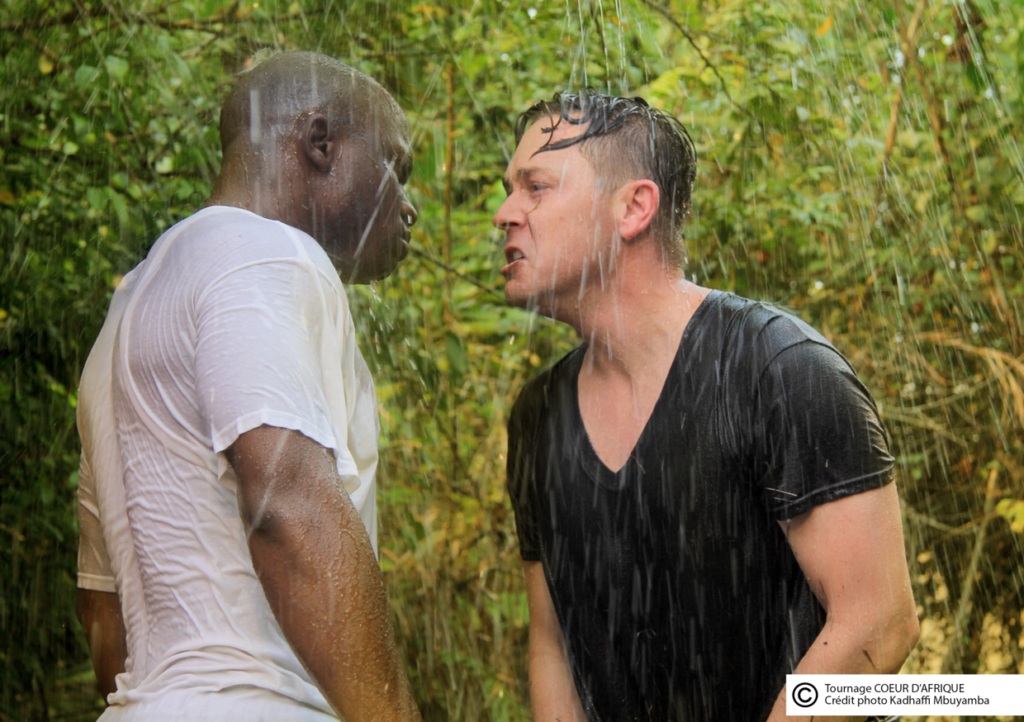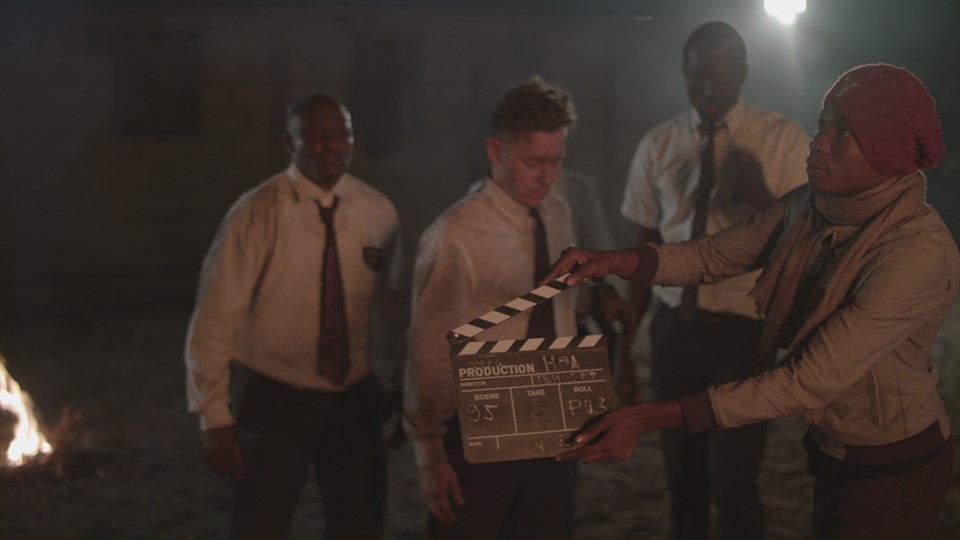
It all started with letters.
Margaret Young and her husband, Bruce, were serving in the Provo MTC in 2007 when Margaret started writing different missionaries, including Aime Mbuyi, a native of the Democratic Republic of the Congo.
The Youngs had no idea that this small service would set them on course to co-produce the first Congolese-American feature film — and the first Latter-day Saint feature film to be produced in Africa by Africans.
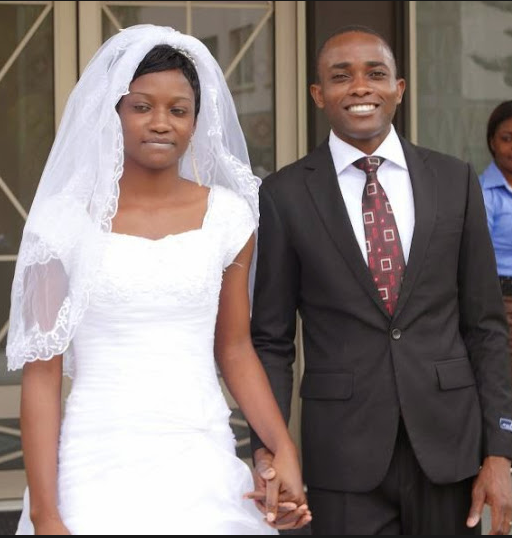
Margaret learned that Mbuyi had originally been part of a revolutionary group before converting to the Church. She was fascinated by his story and felt it deserved to be told. When she attended Mbuyi’s wedding in 2014, she was introduced to Tshoper Kabambi, who would help shape her dream into a reality.
Kabambi was a young man who was looking to restore cinema to the Democratic Republic of Congo. In 2017, he accepted Margaret’s offer to direct a film detailing Mbuyi’s story. The movie became the first ever to be directed, acted and shot in the DRC by native Congolese.
The road to production, however, wasn’t easy. In the years after meeting Kabambi, the Youngs had to overcome many challenges to begin work on the film.
In speaking with American filmmakers about how to tell a fictionalized story of Mbuyi’s experiences, the Youngs were told the DRC didn’t have the infrastructure to support a crew and filming in-country and that they would most likely need to film in South Africa and “just pretend it was the Congo,” Bruce said. They were also told they would need $1.5 million to make the movie. The Youngs tried raising the money but raised less than $100,000.
“I just felt this was actually a turning point in my life. I just felt this film needs to get made. And I am willing to take the risk to do it,” Bruce said. “I felt very good about it, I felt it was the right thing to do.”
As producers, the Youngs decided to part ways with their American affiliates based on the lack of funding and creative differences that were too strong to ignore.
After Kabambi agreed to direct the film, the Youngs’ hope for the movie was revitalized.
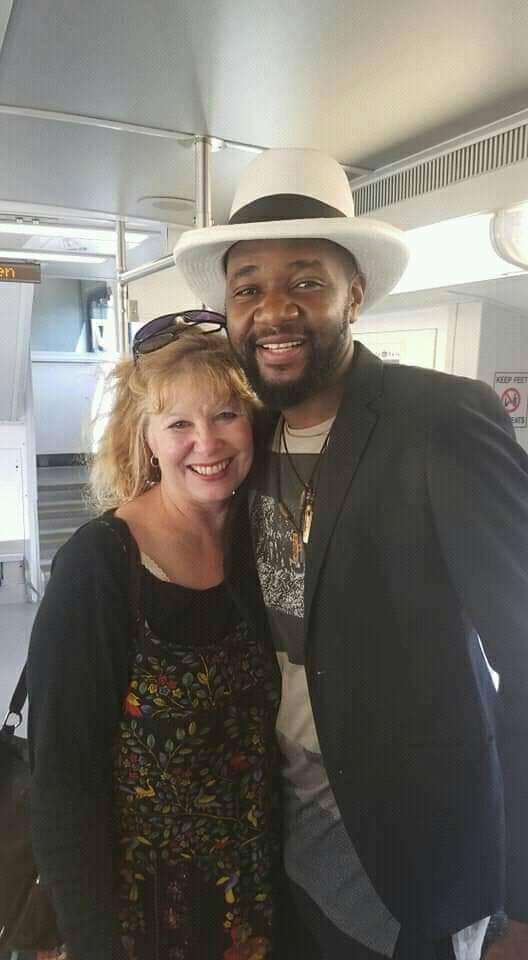
Kabambi and Margaret rewrote her screenplay to include the major languages of the DRC: Lingala, French and English.
With a screenplay and a director, they started building their cast, which included six major roles that were filled by Congolese actors Moyindo Mpongo, Emmanuel El Bas, Bavon Diana Landa, Amour Lombi, Fendi Bakajika and Megan Dembo.
“This is real Congolese people and their language, and it really feels like it was meant to be that way,” Bruce said.
The Youngs also cast Brandon Ray Olive — known for his roles in the TV series “NCIS” and the movies “Logan Lucky” and “Mosaic” — to play the role of American missionary Jason Martin.
Filming started in the summer of 2017. BIMPA Productions lacked the particular quality of cameras and equipment necessary to film a 4k movie, so the Youngs provided the necessary materials — but getting the filming equipment to the DRC proved difficult. Margaret’s brother and all other crew members who traveled from the U.S. to the DRC transported the equipment in their carry-on luggage to ensure its protection.
Bruce stayed in the U.S. to continue his work as a BYU English professor, while Margaret, a former BYU English professor, flew to Ludja, DRC, where filming took place. She ended up staying in Ludja through the entirety of the filmmaking process. The Youngs took a hands-off approach to the filming and left it to Kabambi and his wife, Deborah Bassa.
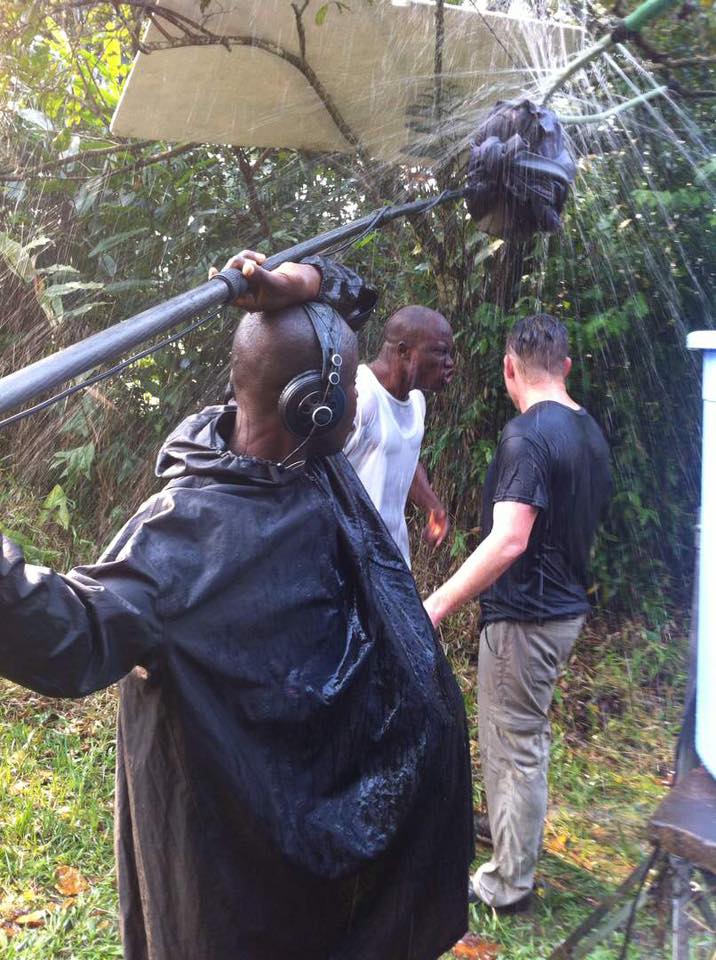
Both director Kabambi and actor Olive said the hardest experiences in filming came from illness. Everyone involved came down with malaria, and Kabambi suffered through malaria and typhoid fever.
“We were all so focused that we exposed ourselves to mosquitoes, the cold and sometimes an unsanitary environment that was not adapted to the lifestyle of most of us, which caused illness and discomfort, and everyone was affected,” Kabambi said.
The illnesses increased filming time from two weeks to four and a half weeks, but that wasn’t the worst of their troubles.
“I almost got kidnapped,” Olive said. He said filming in a different political atmosphere caused local authorities to question the purpose of the filming and what type of message the movie was intended to publicize.
Margaret said while she wasn’t present at the time of this event, she saw Olive’s post on Facebook where Olive said a fellow filmmaker who was present took Olive’s place and was arrested by the local law enforcement.
Olive said that once the police understood they were creating a movie for entertainment, “the threat kind of subsided.”
The filmmaker was later released and filming resumed.
Traveling and dealing with different politics also became a struggle for those involved in filming. Bruce said the DRC is on the U.S. State Department’s advisory list to deter American travelers from visiting, so American cast and crew members had a hard time getting in and out of the country.
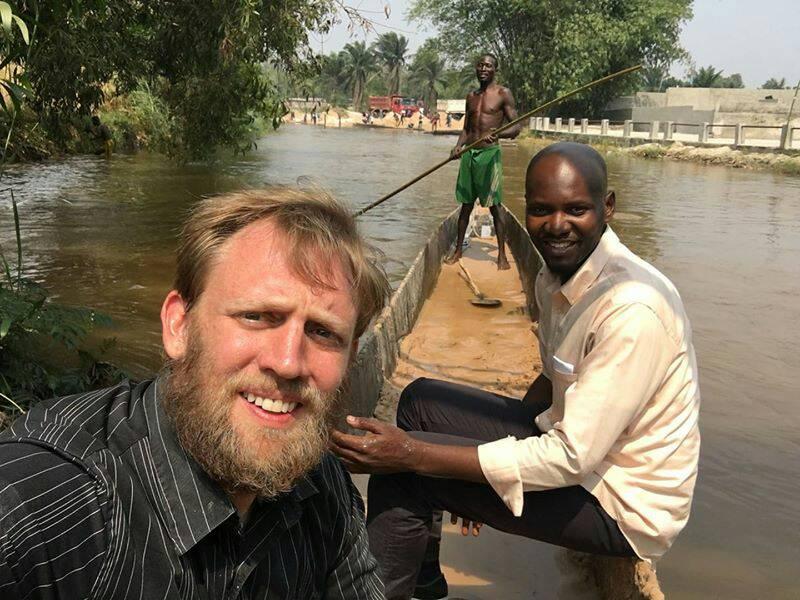
Filming ended without any major repercussions or further trouble, but editing and the addition of music and subtitles still needed to take place. Kabambi flew to the U.S. in fall of 2018 and summer of 2019 to help with the final edits.
Margaret felt particularly happy with the choices that their native director, Kabambi, took in filming the story.
“As we take the film, and it’s in their language, as we show it, it also says ‘Your story matters. You are deeply valuable,'” Margaret said.
The final edit came to have five languages, two of which were only a few of over 400 languages and dialects of the DRC.
“One of the things I just love about this film is how (Kabambi) is integrating the view of Africa, the Congo. Unless you’re there, you cannot see what you’ve all just seen, and we’re in part of it, we’re in Central Africa, in Ludja, the gorgeous, gorgeous scenes that nobody gets to see because there is no tourist industry there,” Margaret said at the screening of “Heart of Africa” at the LDS Film Festival in Orem, Utah, on Feb. 26, where it won the 2020 Audience Choice Award.
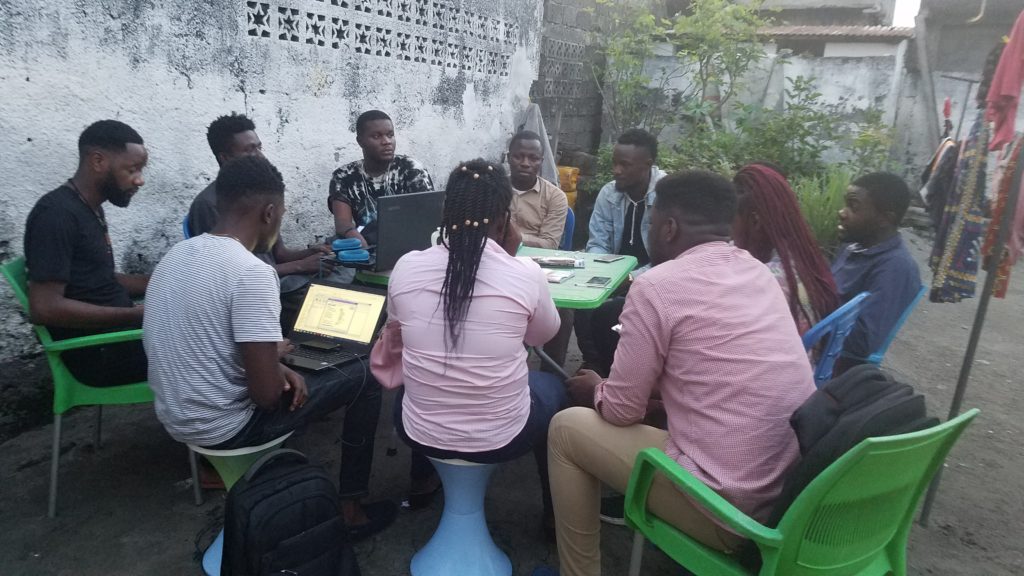
Olive said he saw how Kabambi worked to make “Heart of Africa” the voice for the DRC and to not “Americanize” the film.
The director and majority of the cast and crew are native Congolese. This served them as they each worked hard to make the film exemplify the views and lives of those living in the DRC. With the majority of them having no official schooling in the art of filming, Kabambi said that “Heart of Africa” gave each of them an opportunity to learn and improve upon their skills.
“Heart of Africa” premiered in Kinshasa, DRC on Feb. 15. It later appeared at the Pan African Film Festival in Los Angeles between Feb. 17-19.
Kabambi said that since even casting the film, the local people and governmental players in the DRC have become interested in cinema again.
“Thanks to ‘Heart of Africa’ those who did not believe in the future cinema industry in the DRC now believe in it,” Kabambi said.
The filming, production, marketing and distribution cost roughly $200,000.
The Youngs plan on using whatever revenue is generated from the film to help repay some of the initial costs of production and distribution; however, their greatest hope is to put as much of the revenue as possible toward building the film industry in the DRC through their non-profit, Congo Rising.
“Heart of Africa” is set to premiere March 11 at the Megaplex Theatres at Jordan Commons, with the state-wide release in Megaplex and Cinemark theaters on Friday, March 13.
